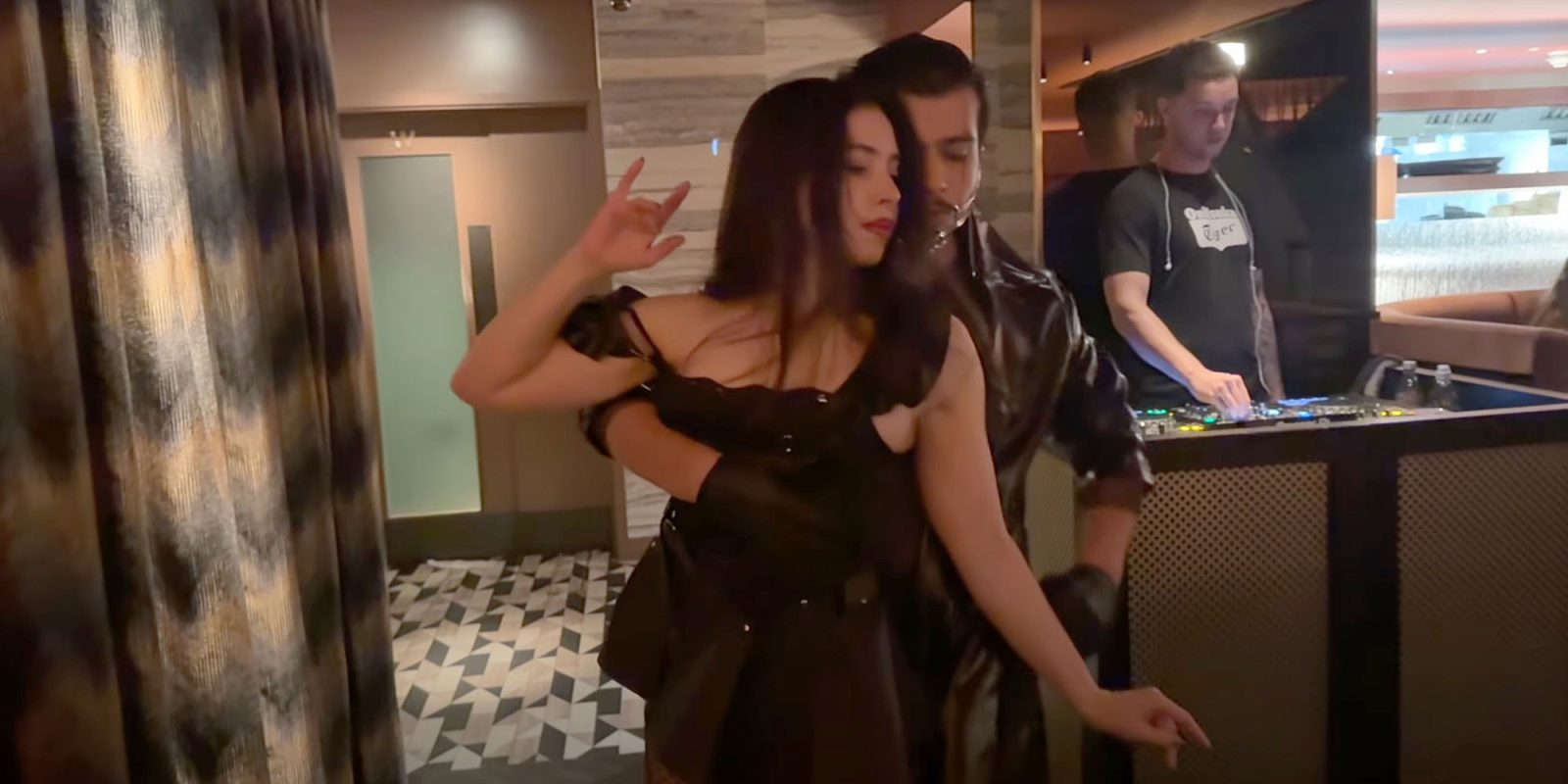
Back in 2021, I talked about just how much the iPhone 13 video stabilisation impressed me.
For casual usage, the in-camera stabilization is nothing short of miraculous. Would I use it for anything more serious, like short films? I’d still prefer the 100% stability of a tripod for locked-off shots, but it’s honestly very close to the point at which I’d be willing to use it, and I might well do so for panning and tilting movements, which look almost as smooth as tripod-mounted shots.
One year and one iPhone generation later, that was still the case …
I expected to use a gimbal for this shoot, but in fact found I didn’t need to. Admittedly that’s partly because slo-mo footage smooths things out to a significant degree, but take a look at the Waterloo Station clip at 0:31-0:35. That’s so steady it could almost have been shot on a tripod. Other shots depend in part on how smooth my handheld movement is, but I was extremely surprised by just how stable the shots look. This does not look like a handheld video.
An impromptu shoot last week again left me wowed by this in my iPhone 15 Pro Max. I was having dinner at a restaurant where some friends were doing a couple of dance performances. I shot a couple of clips of the first of these from my table.
But it was an unusually quiet night for the restaurant (very cold weather, and people recovering from holiday expenses!), so for the second performance I figured I could probably follow them around the restaurant without crashing into either dancers or diners, and happily this did prove to be the case.
Given that there were two couples dancing, and I had absolutely no idea in which direction they were going to move when, I had to respond rapidly at times – I almost felt like I was dancing with them. But the iPhone handled it beautifully, giving truly gimbal-like footage.
Of course, the audio capture struggles as I move around, but what I initially thought was telephone-like distortion was in fact audio effects in the actual music mix! So it wasn’t as bad as I thought, and because the DJ was mixing the tracks live, I gave up on my attempts to switch out the audio for recordings.
But where I’d still like to see a lot of improvement is in the quality of low-light footage. Ahead of last year’s iPhone 15 launch, I pointed to the huge advances iPhones have made in low-light photography, and said I’d like to see low-light video performance as Apple’s next priority.
Putting that to the test in admittedly hugely difficult circumstances – a dimly-lit restaurant – the issues remain the same.
I do, of course, understand what a big ask this is. As I said before:
With still photos, Apple relies a lot on exposure bracketing and computational photography. It actually starts taking photos before we even press the shutter button, and will either choose the best frame, or will combine multiple frames to combine elements from different shots into the same photo […]
Video is tougher. Instead of being able to take a second or more to capture and optimize multiple images, the iPhone has to take anything from 24 frames per second to 240. It can’t use bracketing, and doesn’t have the same ability to optimize each frame because it can’t keep up.
Much as I might pixel-peep and demand more, the dancers themselves were delighted. They have footage they can use for their social media, and it’s a safe bet that their audience isn’t going to be focused on the technical shortcomings of the footage either.
Still, while low-light video capture will of course lag substantially behind low-light still photography, I’m optimistic that we will start to see the pace of improvement pick up, and I do very much hope this is a high priority in Apple’s plans for future iPhones.
FTC: We use income earning auto affiliate links. More.



